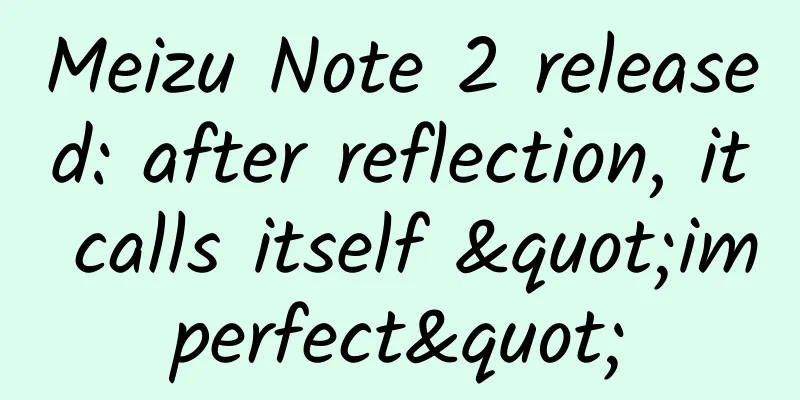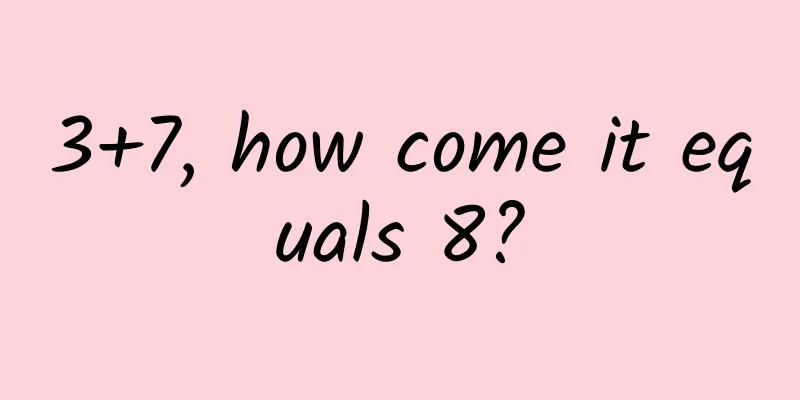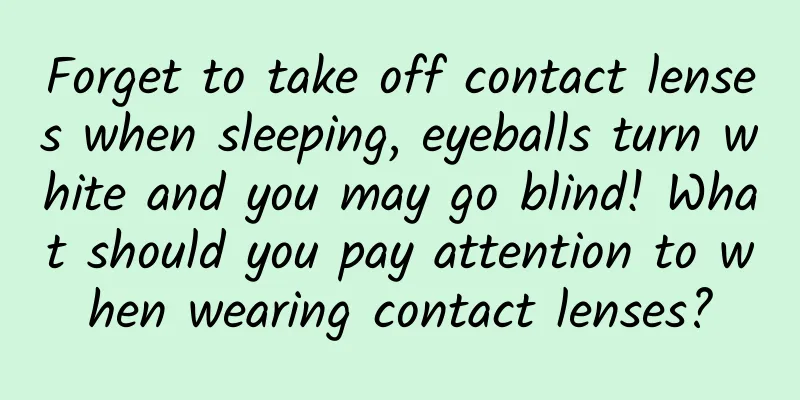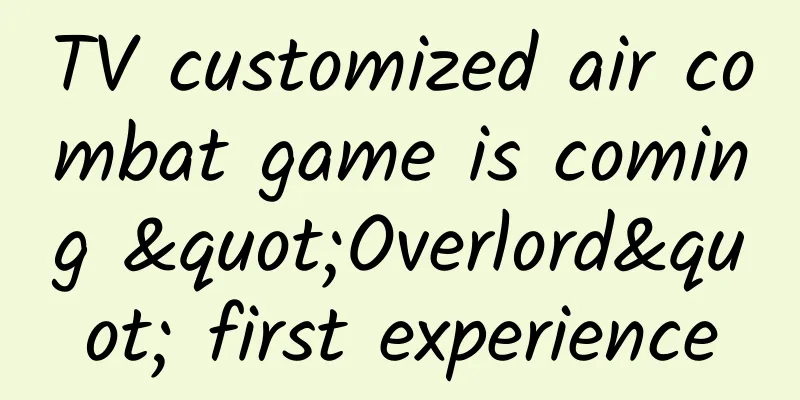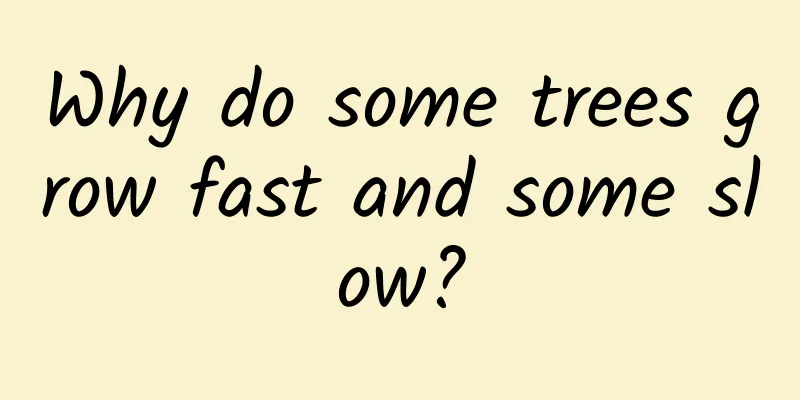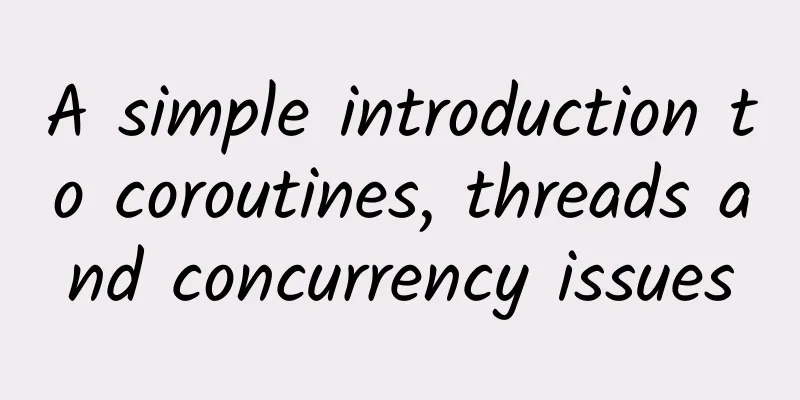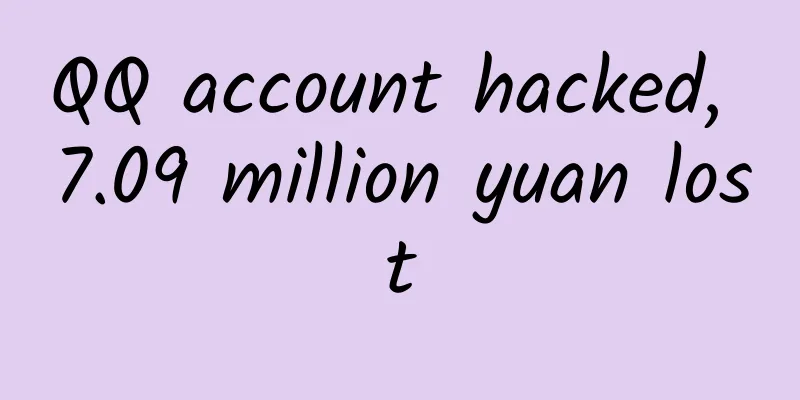How I Doubled My Pickup Rates as a Coder
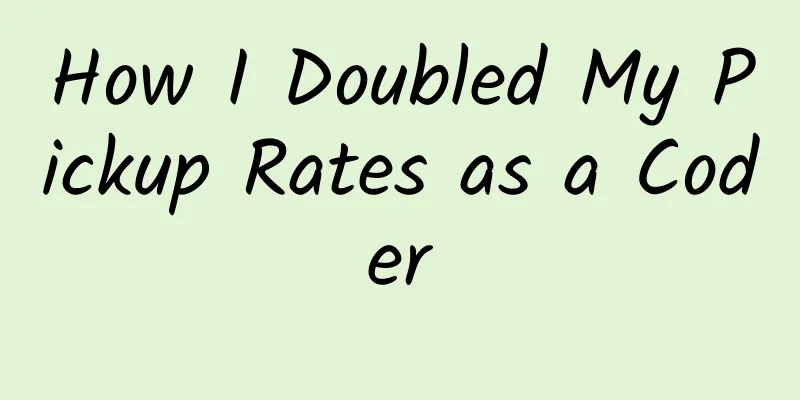
|
Image @pinterest Providing value to customers using JavaScript and English When I left my job to become a freelance programmer, I started out charging $50 per hour. I met other freelancers, consultants, and agencies in the city, some of whom were charging $150 per hour. Even the agency I used to work for charged me $120 per hour for my time, which meant that my programming skill level was not a factor. If they could charge that much for my services, why couldn’t I? So the same question started to run through my head over and over again: “what's the difference between a $50 freelancer and a $150 freelancer?” What’s the difference between a $50 freelancer and a $150 freelancer? So I decided to start spending some time learning about pricing, value, and all that “business stuff” that programmers and designers love to dance around. You Raise Your Rate When You Raise The (Perceived) Value to Your Clients When you bring value to your clients, you increase value. It's possible that you can change your quote for new clients and get away with it. In fact, if you charge less than $50 per hour, start at $50 per hour. For any creative field, this is a reasonable price, and there will definitely be clients willing to pay it. You see, this article just made someone thousands of dollars. Words have value and power. Writing can provide tremendous value. Think of your favorite book, the one that changed your worldview and made your life better than it was before. How much are those words worth? To start charging higher prices, you have to improve the value you provide to clients. I didn’t do this by improving my JavaScript (besides, how could most clients understand that? You won’t make more money by writing clean code). I was able to charge higher prices because of my writing. Let's Put Some Concrete Terms on the Abstract Concept of "Value" Value is hard to define. If you are selling your services to other companies, here are the three main factors that determine value:
You can always point these out to clients, especially if you can put numbers to it, which I strongly recommend. If Greg the Freelancer tells a client, “I built a new automated email system,” and Jill the Freelancer tells a client, “I built a new automated email system that will increase email communications by 10%, resulting in an additional $60,000 in annual revenue,” who do you think the client will be more willing to spend money on? Which of them do you think will have an easier time raising their prices? It's About the Journey, not The Deliverable The value is not in the final product of the project...it's in the process of getting to the product. When you take on a new client, you start a new relationship. There are a lot of emails, phone calls, meetings, and a lot of trust. So this makes writing and learning how to apply writing very valuable. You can make a few PDF files at once and use them for every client meeting, and they can increase your annual income by a lot. Fix Communication Problems Before They Start With Welcome Packets Being a developer is hard, but being a client who hires developers is not easy either. Clients don’t inherently know how to write a good bug report, or how to communicate their vague ideas to developers so that they can actually build a feature. Clients may also not understand why I need to be forthright with specific information, because only in this way can I not end up with four different versions of the same feature. To help nip this problem in the bud, I give all of my clients a welcome pack that explains several things about our employment relationship in plain, friendly terms.
By giving my clients a welcome package, I can reassure them and reinforce that I am a professional, not just a freelancer. I learned this from Nick Disabato, who is also a very enthusiastic person, so he shared one of his welcome packages. Clients LOVE Weekly Progress Reports If you want to read the meat of this post, this is it. Every Friday, I spend 5 minutes writing an email that includes the following three points: What did I accomplish this week? What do I plan to do next week? What, if any, do I need from the client? Clients absolutely love this email. They love the weekly newsletter so much that I mention it in my sales calls and proposals, and it has made all the difference in closing deals. People generally think that freelancers are scammers. By sending weekly progress reports, you are actually showing your clients, "I am not that scammer." This can also become a unique selling point that makes you stand out from other freelance developers, and it can make you more important in the eyes of your clients. It can also be a kind of "risk reduction" thinking. People are still more willing to pay more to those who have a greater chance of completing a project. Write Meeting Agendas… And Suddenly Meetings Suck 54% Less There is a big difference between scheduling a meeting that starts at 2pm and another that runs from 2pm to 2:30pm. The second meeting is likely to last only half an hour. If you want to ensure that your meetings don’t ramble and drag on so long that you have to make up “another meeting” to catch up to, send out an agenda 24 hours before the meeting. Much like the progress report, this meeting agenda doesn't have to be long or complicated. All it needs to include is a list of the topics you want to discuss, the start and end times, and the purpose of the meeting (all meetings should have a clear goal or they shouldn't be held). By doing this, you’ve given them a structure that both you and the client can stick to. (For bonus points, you can send a meeting reminder so they’re more likely to remember to come.) This means the client is more likely to stay on task, and if the conversation starts to veer off topic, you can point to the agenda and say, “Let’s get back to work.” Most clients hate meetings, too, and will appreciate that you care about their time and focus on reaching a conclusion, rather than slacking off and still charging by the hour. This will also position you as a professional, rather than just another freelancer. (Notice the pattern here?) Write Technical, and Not-So-Technical Documentation When I was a manager in an organization, I used to be the best documenter there. When my workflow was interrupted by a problem with a module I wrote 9 months ago, or when I had to add something to a module David wrote a year ago, I knew how annoying it was, and I felt bad for interrupting David's workflow. 15 minutes of good documentation can save hours of development time. Writing technical documentation is a very high value-added job, and it doesn't take up that much of your time. It's also very helpful if you're working on a long-term project, because code written more than 4 months ago may look the same as if it was written by a complete stranger. In addition, if your client plans to hand your work off to an agency development team, he or she will have more peace of mind. You will save a lot of training time for the client and his or her team, and "saving time" is one of the main ways we provide value to our customers. You can also write documentation specifically for your clients and their employees. I started doing this after I built a few WordPress sites for clients, and when I published them and wished them good luck, they looked at me blankly and asked, “How do I use WordPress?” To help with this, I wrote a concise "Beginner's Guide to WordPress Basics". To give myself credit, I'll also include some notes in the manual, specifically mentioning the themes and plugins I used (which I could have copied from a previous manual). A new website built with WordPress is one thing, but a WordPress website with a guide on how to use it to grow a company is something else entirely. Things like this are the moon stones that evolve freelance Pokémon into consultants. Fake it 'Til You Make It Earlier I mentioned your value to clients and talked about thinking of yourself as a professional. This may make you feel like a "sleazy guy" in your mind because it sounds like I'm asking you to pretend to be a more professional consultant when you're really just a lowly freelancer - but that's not the case. These actions define you as a professional. By doing these things, you're making your work better and your clients happier. When you start acting like a professional, you become one. So go buy yourself a magic tie. Besides making your clients happier and yourself more valuable through writing, writing can also help you get more clients because… You Can Also Use Writing To Grow Your Business You might have guessed that if I take the time to write a good article on Medium, then that must mean that the content I publish is valuable. Well, you guessed it. Writing can also be a powerful sales tool. You Can Build Value and Authority By Teaching You can build your own value and authority by teaching others. The more value your customers feel you can provide to them, the more likely they are to pay you to provide value to them. There are many ways to do this, one of which is to teach others. In the process of teaching others, you are providing them with value for free, which builds trust and also tells others that you have expertise and authority on a topic. A few months ago, I wrote an article called “AngularJS: An Overview”, people loved it, it got a lot of visitors, and the next day, I got a 3-month contract for AngularJS-related work. It’s counter-intuitive, but by giving away value for free, people are more likely to pay for your value. Nathan Barry wrote a great article on this, and I recommend you read it if you need further confirmation of my point. (How teaching and Storytelling Can Build a Profitable Business) Content Marketing Isn't Just For Startups It's not just startups that need content marketing. Newsletter writing is a solid marketing technique for freelancers, consultants, startups, and companies that produce products. If your unit price is high, it is not uncommon to get 5 figures for a project. In order for a client to find you, meet with you, pay you $10,000, and trust you with critical responsibilities, you must take them through the entire process step by step. Now, you have to do more than just write tutorials on your blog. People don’t jump from “this guy writes really useful articles” to “I want to pay him a lot of money.” (The AngularJS client I mentioned above required several meetings with me before finalizing the contract.) #p# In the past, you may have built trust and closed deals with customers by meeting face to face or over the phone... But what if you could automate this process? This doesn't mean directly converting website visitors into customers, but you can establish a channel to continuously build trust and create value with customers.
That’s how your writing can start bringing new clients to your door. There is No Such Thing as “A Writer” Despite spending a lot of time writing, I really don't like the word "writer". To me, the word refers to those non-mainstream literary young people who sit in cafes and write novels that will never be published. Another image of a writer is like Hemingway, who would be a frustrated genius who knows some kind of magic and can condense brilliant works with wine and typewriter. The problem here is that both of these are things you don’t want to be. More importantly, it makes being a writer sound like an identity, when in reality it’s just a job. You’re already a writer. You write emails, you write proposals, you probably write blog posts and documents, and you write comments on Reddit and tweets. We’re all writers, so there’s no reason to be a bad writer. Writing doesn’t have to be hard, and you don’t have to be creative. In fact, you can let your clients do most of the heavy lifting for you. Writing is Actually Easy The best way to communicate with a prospect is to speak exactly like them. If you want to increase the conversation in your sales meetings, here are some things you should do now: 1. Every time you get a positive response to something you said door-to-door, every time you get a happy email from a client, and every time you get a letter of praise, write down what they said. 2. Start using these words when you are selling, writing emails, or writing things. For example, one time when I mentioned the weekly progress report during a customer visit, the customer said:
Later that week, I visited another potential client, and guess what I said?
I’m sure this will appear on my website someday. It really becomes easy when you let your customers write for you. Other than that, writing is simple. Use small words, use short sentences. You don't have to write like a college essay, because 99% of people don't want to read something that long and complicated. If you didn’t do well in English class, don’t worry. This is the Internet, not college, and don’t fret if you haven’t learned proper writing style, because you don’t need it. (You’ll also notice that parentheses are used quite liberally in this essay… as are ellipses. Likewise, I don’t think any teacher taught you how to use bullet points, or when to use bold or italics.) I would recommend you to read The Elements of Style and refer to it from time to time. The principles of simplicity, clarity and elegance are timeless and have not changed much. Apply This Knowledge Now The only way to write well is to write. Write a lot. That means spending less time reading articles on the Internet and more time practicing writing. So, since I've taken up 8 minutes of your time today, here are some exercises to get you started.
Recommended Reading I know Medium has recommended reading after each article, but I still wanted to provide a few links to books that I think will be helpful.
|
<<: Rebuilding the next Alibaba, Jack Ma’s glory and ambition
>>: Code practice for handling i18n international telephone area codes
Recommend
More than 50% of the review rejections are due to these 10 reasons (Attached with the latest AppStore review guidelines for 2016)
Recently, Apple listed the top ten reasons for ap...
Fengyun satellites provide insight into global "wind and cloud"! 121 countries and regions are using them
Recently, the National Satellite Meteorological C...
SEM delivery strategy, bidding hosting account delivery strategy problem analysis dry goods!
As the most advanced part of Baidu bidding, as lo...
[Promotion] Future applications: No matter how fancy your H5 is, what’s the use if there is no traffic?
Zeno once proposed: Human knowledge is like a cir...
Zhihu promotion strategy for small household appliances!
1. Company Introduction Client K is a brand that ...
Zhang Yunhui's "Required Course on Yangzhai Shape and Luan" teaches you how to read Feng Shui
This set of "Required Courses on Yang House ...
Google has returned to China with its head down. Can it pay the price for its past willfulness?
Recently, there is news that Google has made a pr...
Why doesn’t anyone drink “pig milk”? Is it because it tastes bad?
Milk and dairy products are rich in nutrients, an...
How to operate Douyin Store Alliance? How to join the Douyin Store Alliance?
Everyone should be playing Douyin, and there are ...
It takes 14 days to reach the moon and 61 days to reach Mars! How far is the dream of a "space elevator"?
The "space elevator" in the novel "...
One article will clarify the product’s pain points, itching points, and selling points!
What does marketing rely on to start? In the fiel...
How to promote an event without money or resources?
How to run an event without money and resources? ...
Garlic, you are awesome! How did garlic conquer the human stomach step by step?
Map: Cui Yuning Reviewed by: Zhao Xuting, Zhao Zi...
In August 2023, the number of visits to ChatGPT PC and mobile terminals decreased by 3.2%, which has been declining for three consecutive months.
AI companies have set their sights on big corpora...
Oculus Rift will be available in the first quarter of this year
As a benchmark in the field of virtual reality, e...
